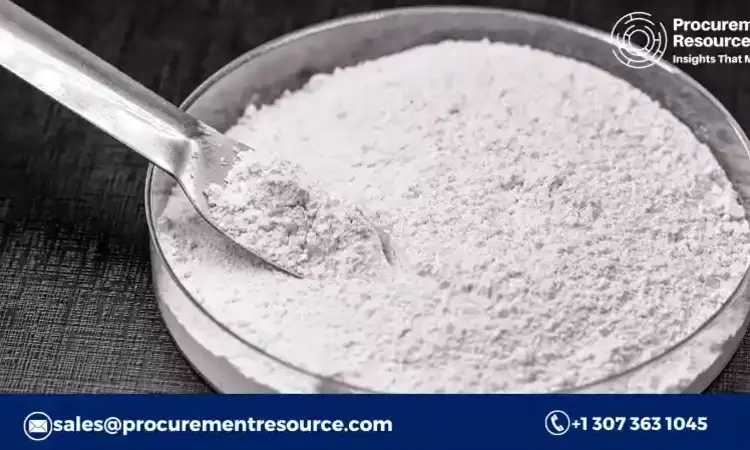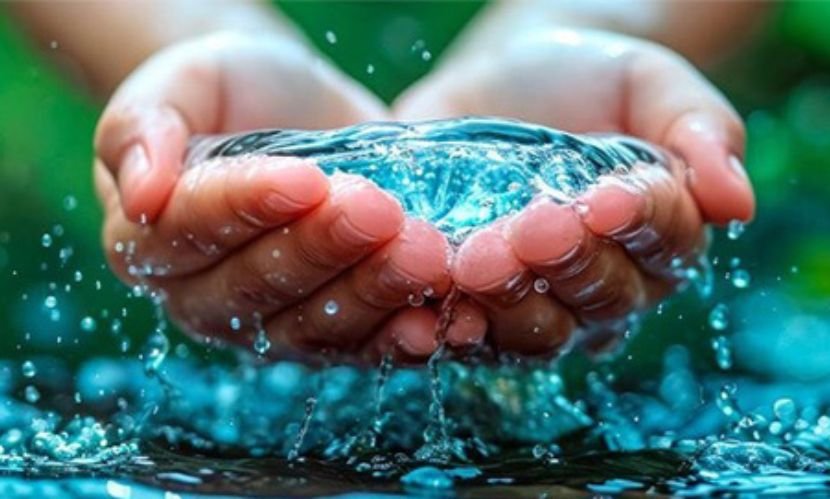Calcium carbonate (CaCO₃) is an essential compound in various industrial and agricultural processes, utilized for its properties as a filler, extender, or neutralizing agent. Its production cost is influenced by several factors including raw material availability, production technology, energy consumption, labor, and environmental regulations. This article provides a detailed analysis of the calcium carbonate production cost report sample and the factors affecting its cost.
Introduction to Calcium Carbonate
Calcium carbonate is found naturally in minerals such as limestone, chalk, and marble. It is widely used in industries such as construction, pharmaceuticals, food, agriculture, and paper. It is also a key ingredient in products like cement, paint, and toothpaste.
Request For Free Sample: https://www.procurementresource.com/production-cost-report-store/calcium-carbonate/request-sample
Calcium Carbonate Production Processes
Calcium carbonate can be produced through various methods, each impacting the cost differently. The two main types of calcium carbonate used industrially are ground calcium carbonate (GCC) and precipitated calcium carbonate (PCC).
1. Ground Calcium Carbonate (GCC)
GCC is produced by physically grinding and crushing natural sources of calcium carbonate such as limestone or marble.
a. Mining
- Source: Limestone or marble is extracted from quarries or mines.
- Process: The raw material is blasted, crushed, and transported to a processing plant.
- Cost Factors: Mining costs include extraction, transportation, and initial crushing.
b. Grinding
- Process: The extracted material is further crushed and ground into a fine powder.
- Equipment: Grinding mills (ball mills, roller mills) are used.
- Cost Factors: Equipment costs, energy consumption, maintenance, and labor.
2. Precipitated Calcium Carbonate (PCC)
PCC is produced through a chemical reaction process involving the precipitation of calcium carbonate from calcium oxide (quicklime) or calcium hydroxide (slaked lime).
a. Lime Production
- Source: Limestone is heated to produce quicklime (CaO).CaCO3→CaO+CO2
- Process: Quicklime is produced in kilns and then hydrated to form slaked lime (Ca(OH)₂).CaO+H2O→Ca(OH)2
b. Carbonation
- Process: Carbon dioxide (CO₂) is bubbled through a solution of slaked lime, precipitating calcium carbonate.Ca(OH)2+CO2→CaCO3+H2O
- Equipment: Reactors, carbonation towers, and separation units.
- Cost Factors: Raw materials (lime, CO₂), reaction control, equipment, and energy.
Factors Influencing Calcium Carbonate Production Cost
1. Raw Material Costs
The cost of raw materials is a significant component of calcium carbonate production:
- Limestone/Marble: The cost of mining and transporting limestone or marble influences GCC production costs.
- Quicklime: The price of quicklime affects PCC production costs, linked to limestone availability and lime kiln operation costs.
- Carbon Dioxide: The cost of CO₂, either sourced from industrial processes or produced, impacts PCC production.
2. Production Process
The efficiency and scalability of the production process directly affect costs:
- Mining and Grinding (GCC): Costs include extraction, transportation, grinding equipment, and energy consumption.
- Chemical Precipitation (PCC): Costs involve lime kilns, carbonation reactors, CO₂ sources, and reaction control systems.
3. Energy Consumption
Energy costs are substantial in both GCC and PCC production:
- Heating (PCC): Energy-intensive kilns are used to produce quicklime from limestone.
- Grinding (GCC): Grinding operations require significant electrical energy.
4. Labor and Operational Costs
Labor and operational efficiencies impact overall production costs:
- Skilled Labor: Skilled technicians and operators are needed to manage mining, grinding, and chemical processes.
- Operational Efficiency: Efficient plant operations, regular maintenance, and process optimization are crucial to minimizing costs.
5. Environmental and Regulatory Compliance
Compliance with environmental regulations adds to production costs:
- Emissions Control: Investments in technology to control emissions and effluents from kilns and grinding operations are necessary to meet regulatory standards.
- Waste Management: Proper disposal and treatment of waste products, especially from PCC production, are essential.
6. Technological Advancements
Technological innovations can significantly impact production costs:
- Process Optimization: Advances in grinding technology, reaction control, and energy efficiency can reduce costs.
- Automation: Automation and digital monitoring can enhance process control, reduce labor costs, and improve overall efficiency.
Detailed Cost Analysis of Calcium Carbonate Production
Raw Material Costs
- Limestone/Marble Prices: The cost of extracting and transporting raw limestone or marble varies based on location, quality, and market demand.
- Quicklime Prices: Prices for quicklime fluctuate based on the availability of high-quality limestone and the efficiency of lime kiln operations.
- Carbon Dioxide: The cost of CO₂ depends on the source, whether it is a byproduct of industrial processes or produced specifically for PCC production.
Production Process Costs
- Mining and Grinding (GCC): Costs associated with mining operations, initial crushing, and fine grinding include equipment, energy, and labor.
- Chemical Precipitation (PCC): Costs for lime production, carbonation, and separation involve reactors, energy, raw materials, and labor.
Energy Consumption Costs
- Heating and Cooling (PCC): Energy costs for lime kilns and maintaining reaction conditions must be managed through efficient energy use and waste heat recovery.
- Grinding (GCC): Energy-intensive grinding operations require significant electrical energy, influencing costs.
Labor and Operational Costs
- Skilled Labor: The production process requires skilled personnel for managing reactions, handling hazardous materials, and ensuring product quality.
- Operational Efficiency: Efficient plant operations and regular maintenance help reduce downtime and increase productivity.
Environmental and Regulatory Compliance Costs
- Waste Management: Proper treatment and disposal of chemical and mining waste are necessary to comply with environmental regulations.
- Emissions Control: Investments in emissions control technologies are required to meet regulatory standards and ensure sustainable production.
Technological Advancements Costs
- Process Optimization: Ongoing research and development to optimize grinding and chemical precipitation processes can lead to cost savings.
- Automation: Implementing automation and real-time monitoring systems can improve process efficiency and reduce labor costs.
Recent Trends and Future Outlook
Market Dynamics
- Demand for Fillers and Extenders: The demand for calcium carbonate as a filler in plastics, paper, and paint drives production costs. Increased demand can lead to economies of scale.
- Global Trade: Trade policies, tariffs, and international market dynamics influence the cost and availability of raw materials and final products.
Technological Innovations
- Advanced Grinding Technology: Innovations in grinding technology can enhance efficiency and reduce costs in GCC production.
- Improved Precipitation Techniques: Advances in precipitation techniques and catalyst development can enhance yield and reduce costs in PCC production.
Environmental Regulations
- Stricter Regulations: As environmental regulations become more stringent, producers will need to invest in advanced emissions control and waste management technologies. While this may increase initial costs, it can lead to long-term sustainability and cost savings.
- Sustainable Production: Emphasis on green chemistry principles is likely to drive research and development in environmentally friendly production methods.
Renewable Energy Integration
- Sustainability: Integrating renewable energy sources such as solar and wind into the calcium carbonate production process can help reduce energy costs and enhance sustainability.
- Energy Efficiency: Ongoing efforts to improve energy efficiency in grinding and chemical processes are expected to continue, helping to lower production costs.
Conclusion
The production cost of calcium carbonate is influenced by a complex interplay of factors, including raw material costs, energy consumption, labor, environmental compliance, and technological advancements. Understanding these factors and their impacts is essential for stakeholders in the calcium carbonate industry, including producers, consumers, and investors, to make informed decisions and navigate the market effectively. Continuous monitoring of market trends, technological innovations, and regulatory developments will be crucial in managing production costs and maintaining competitiveness in the global calcium carbonate market.



